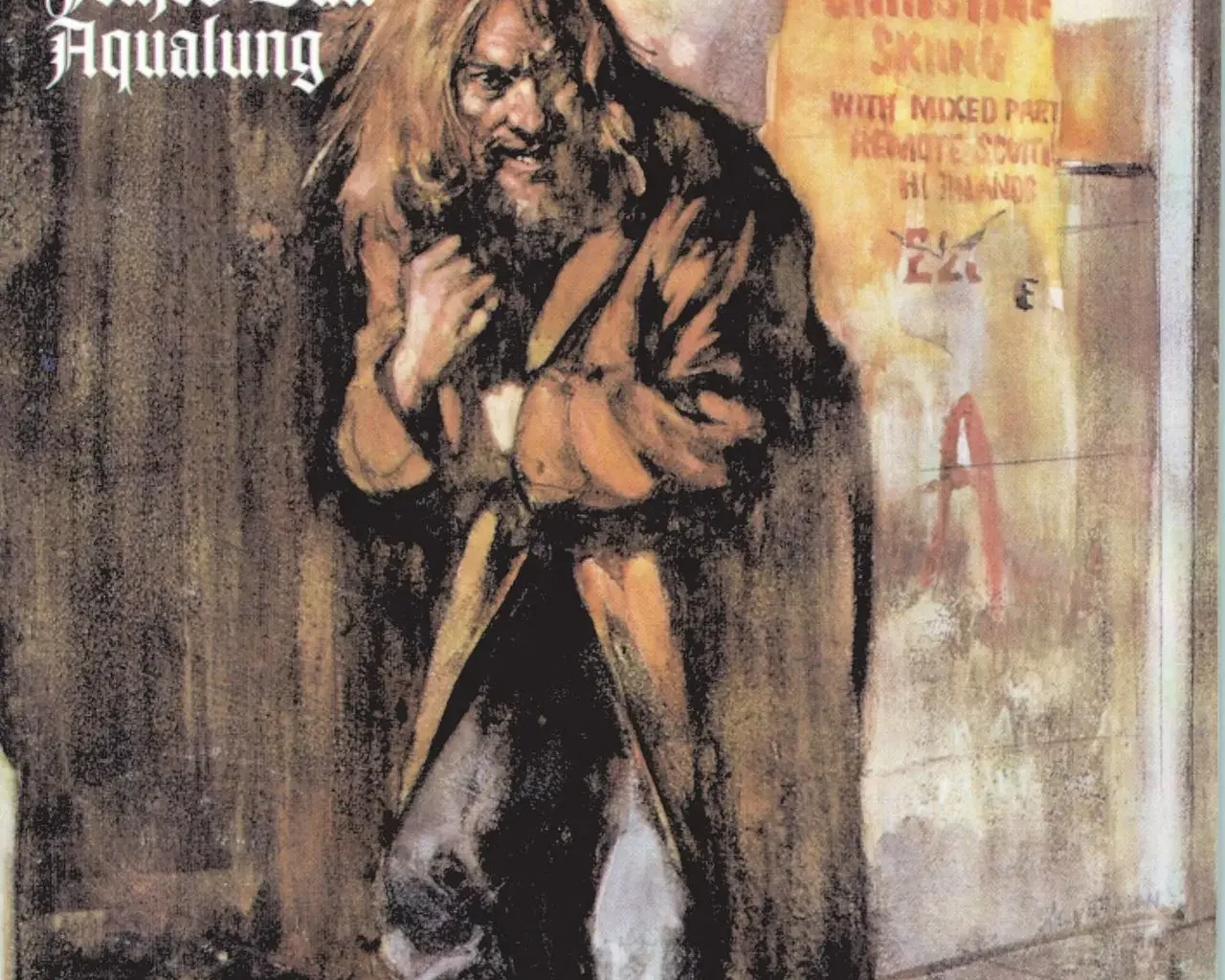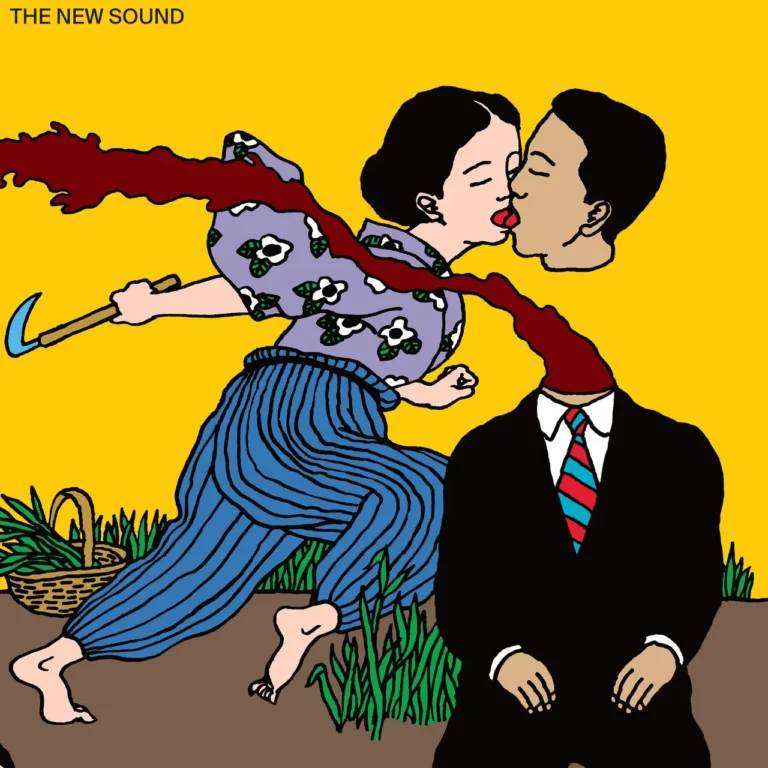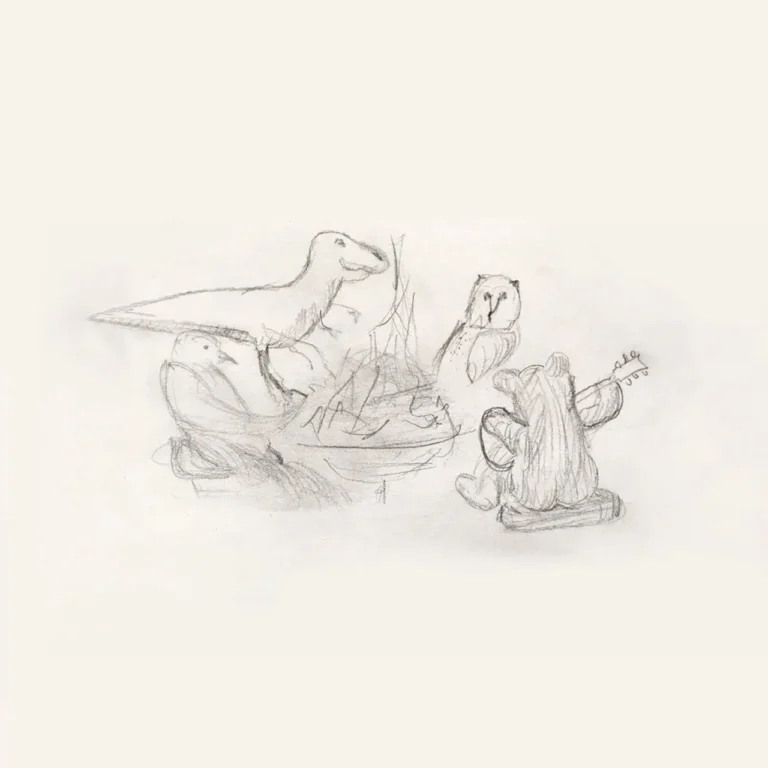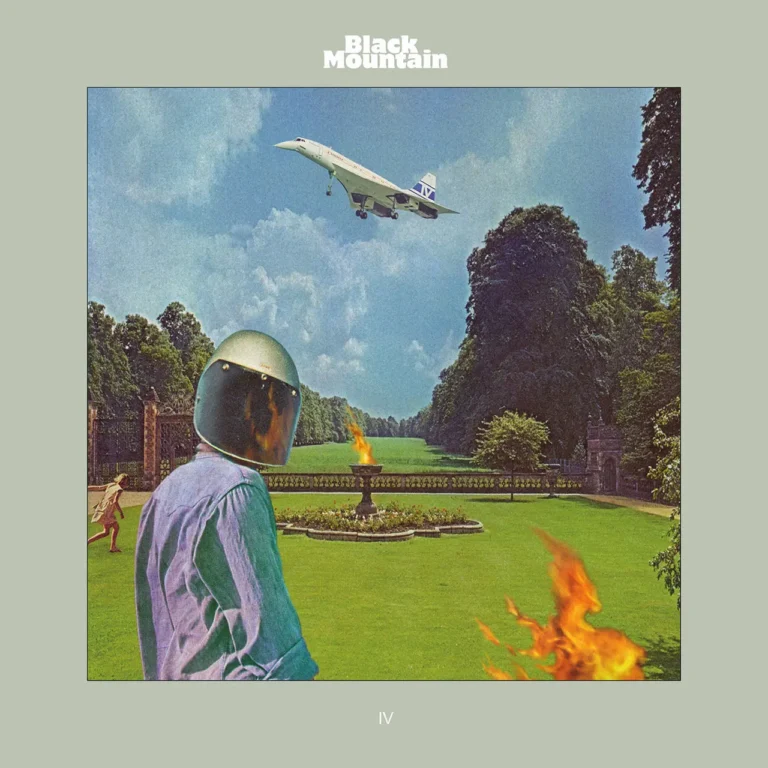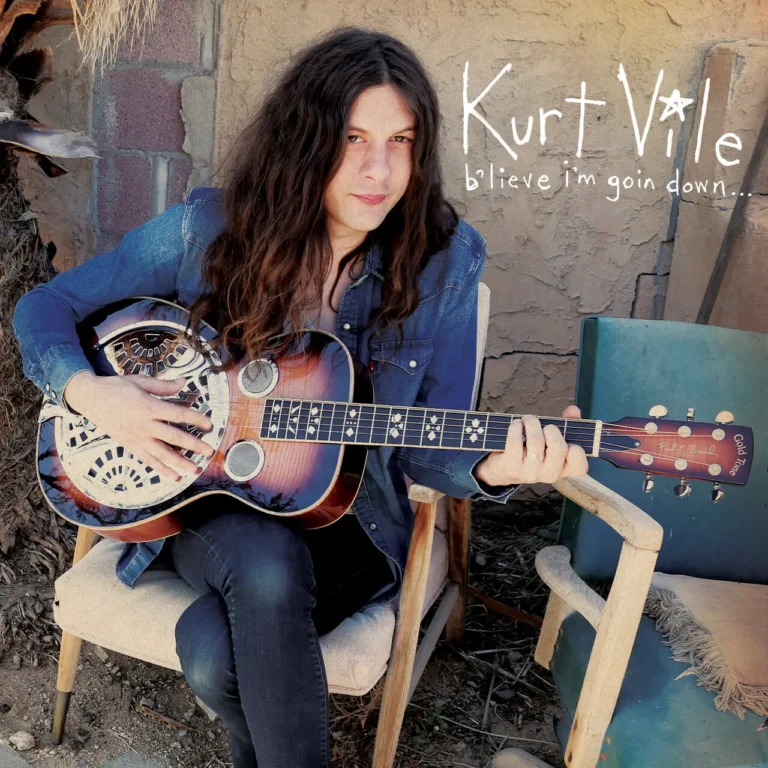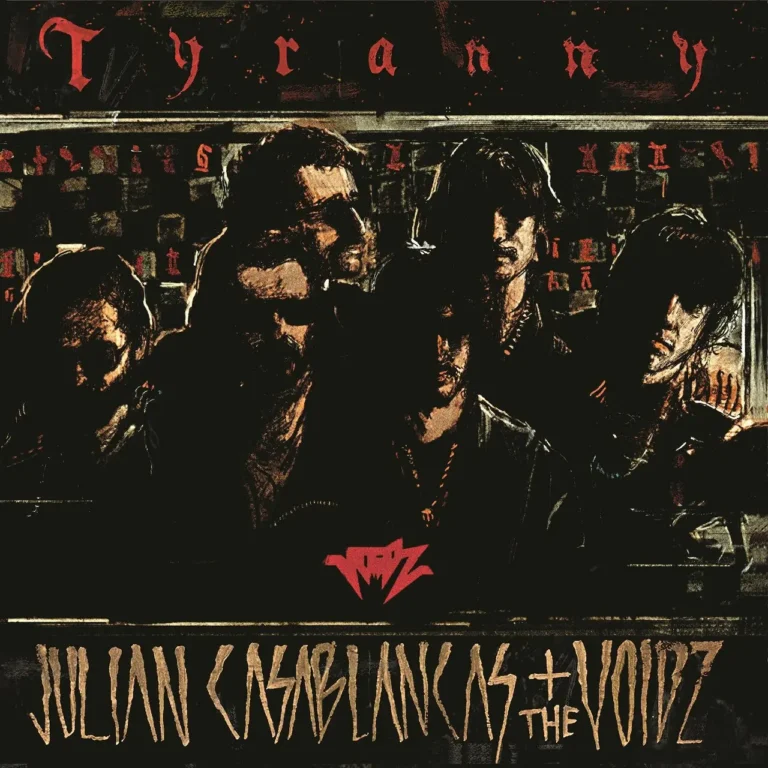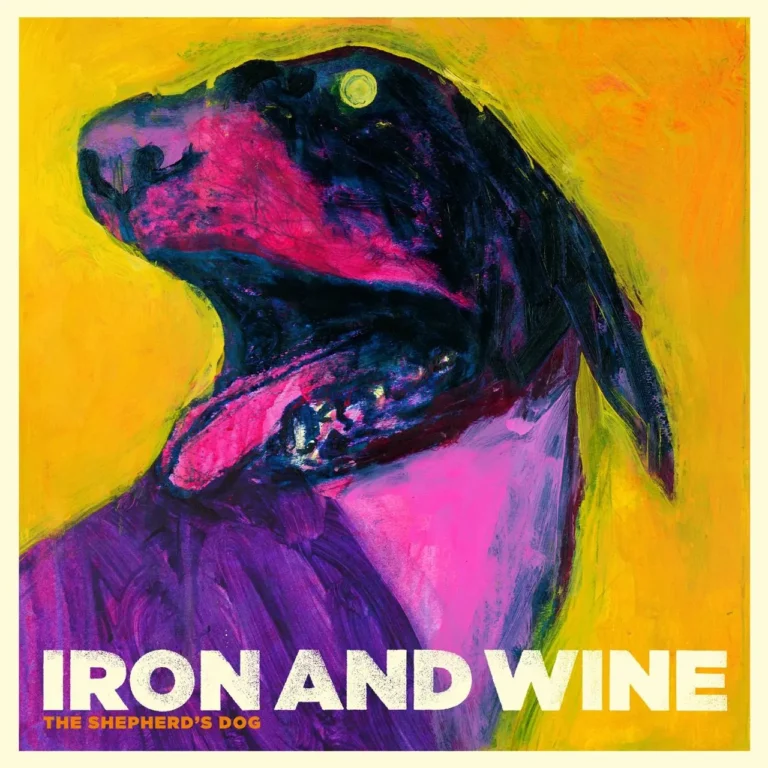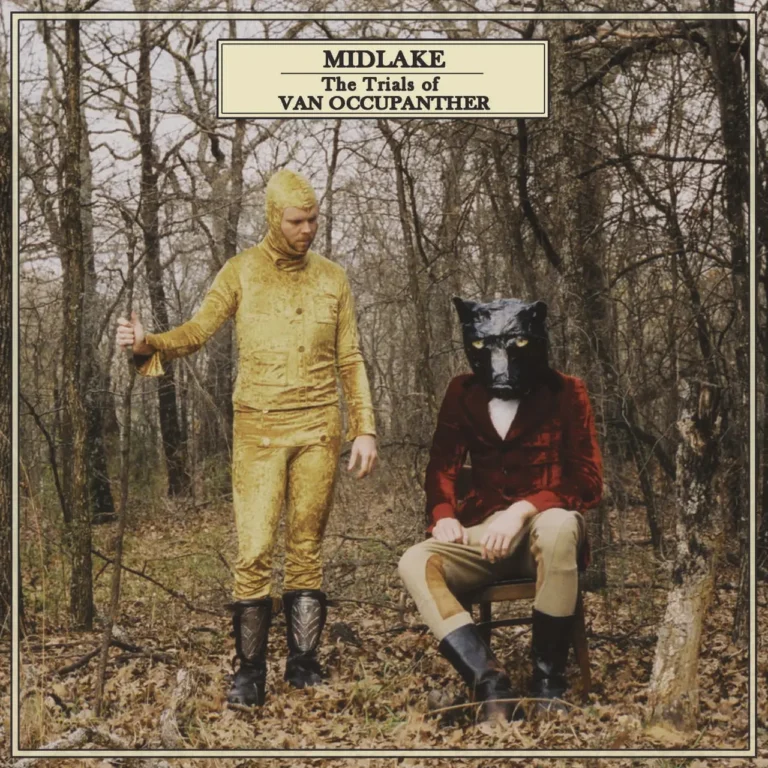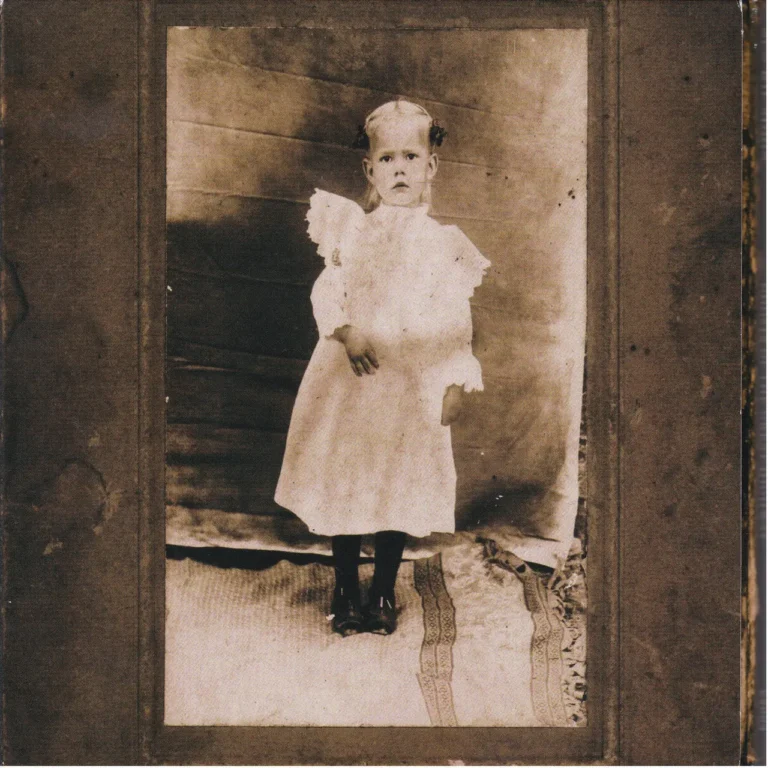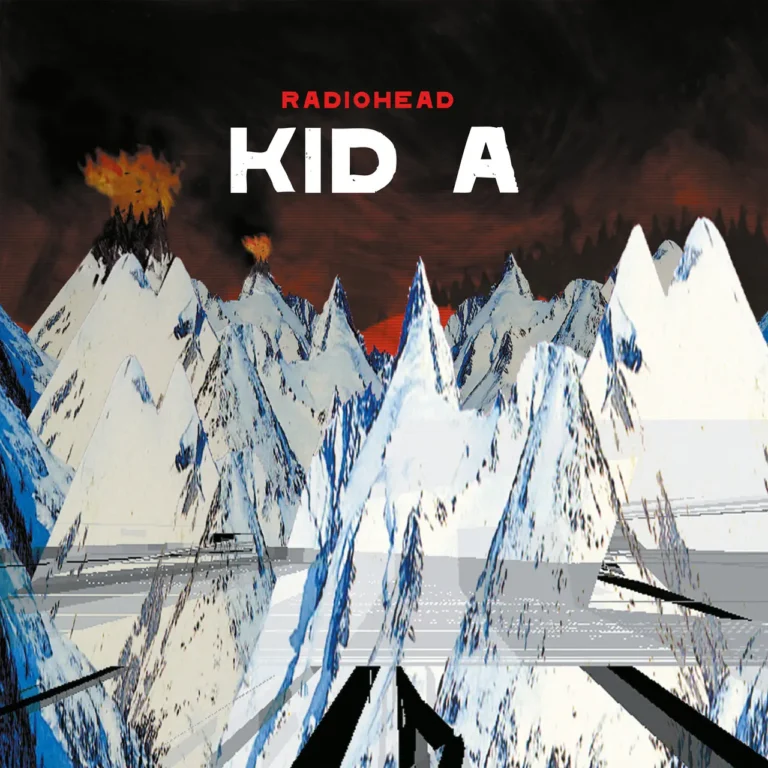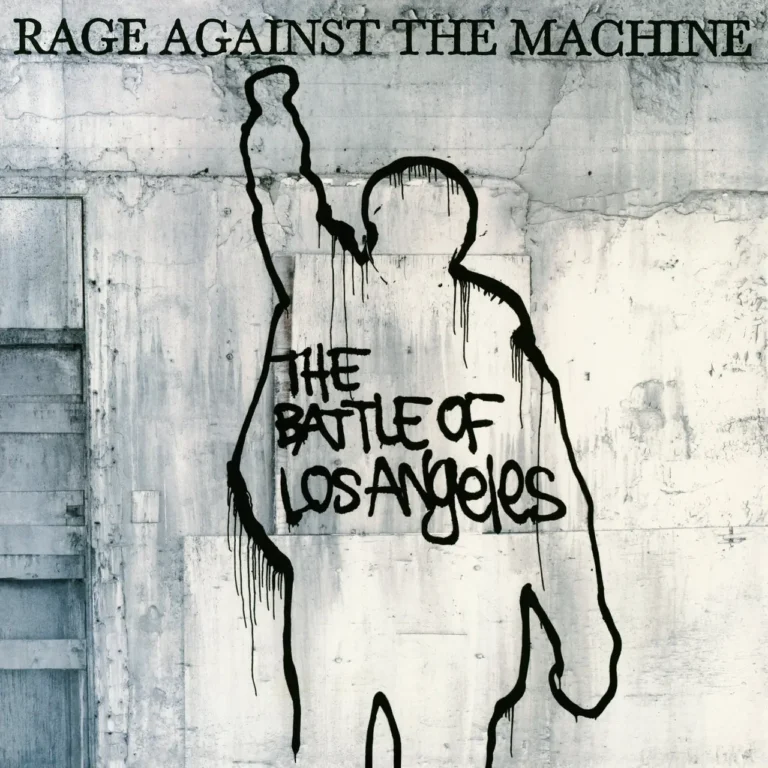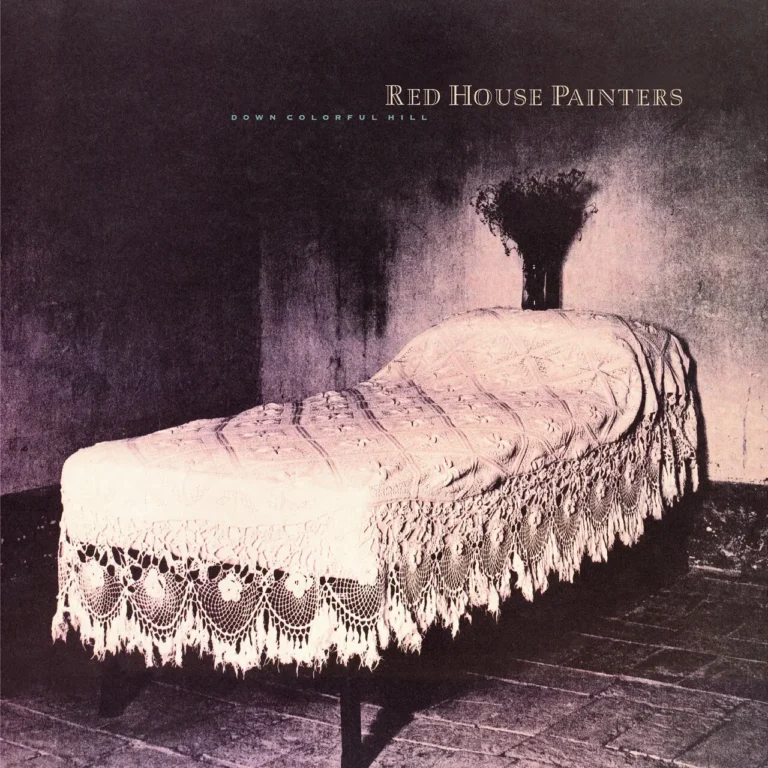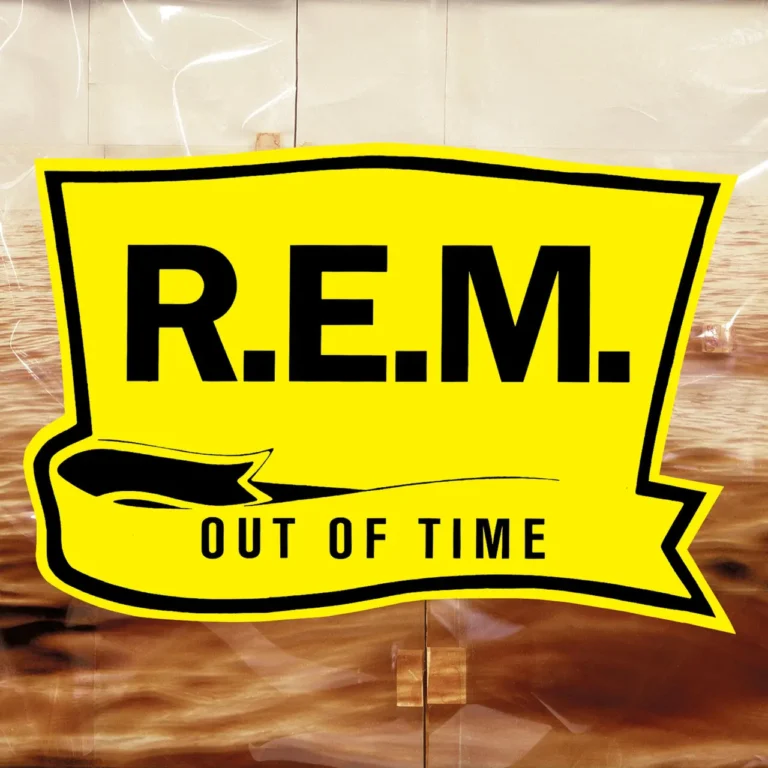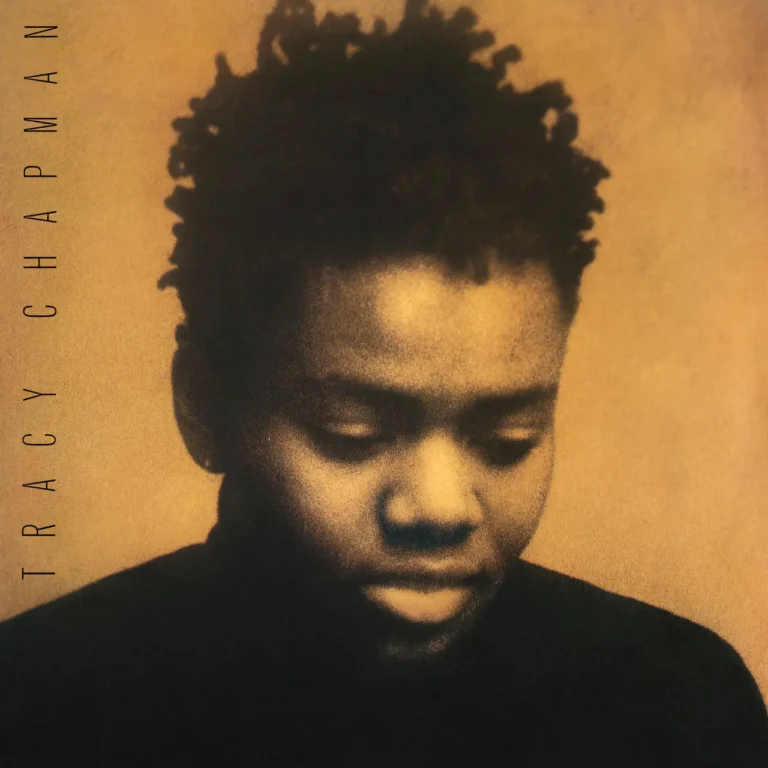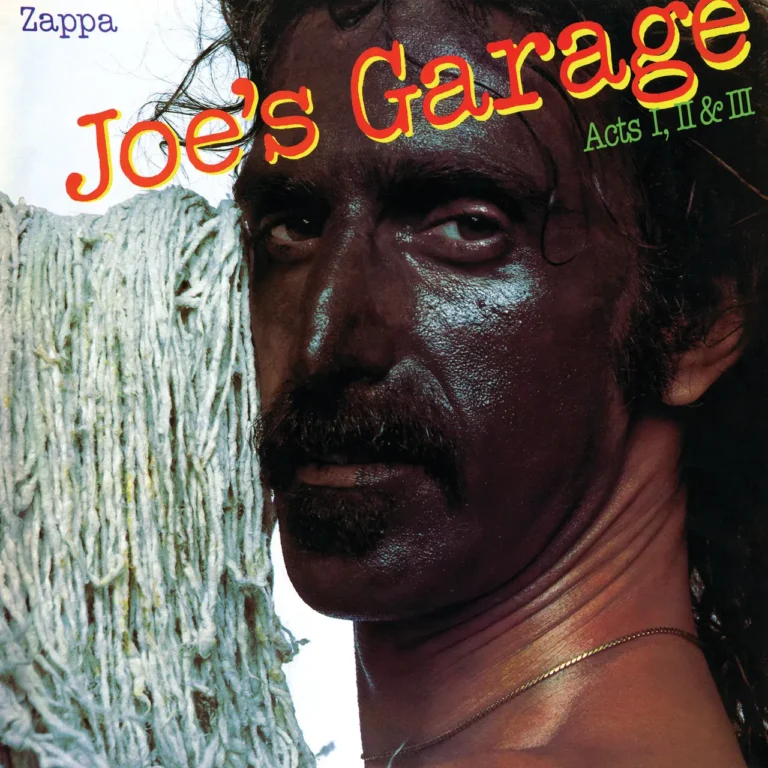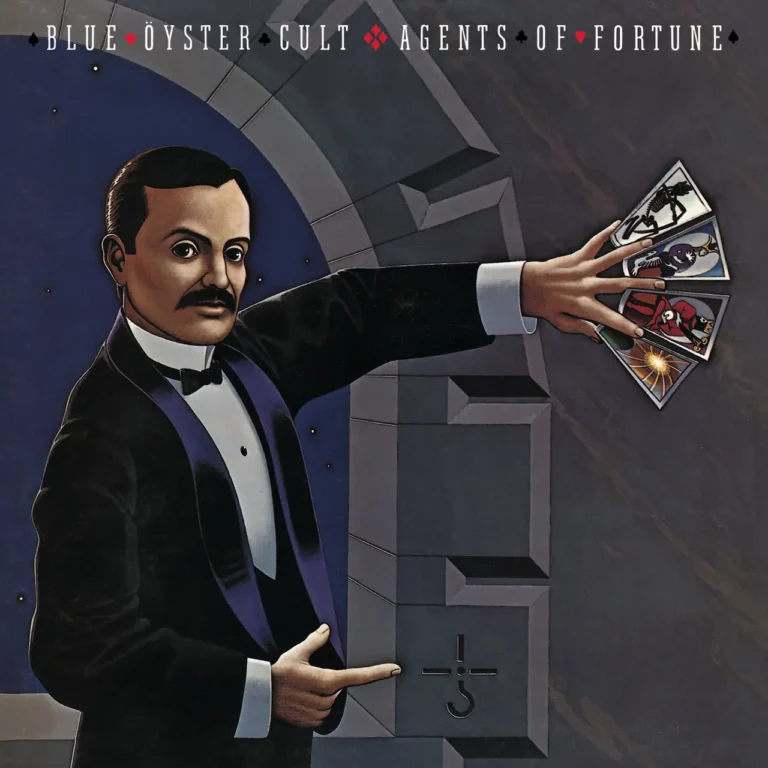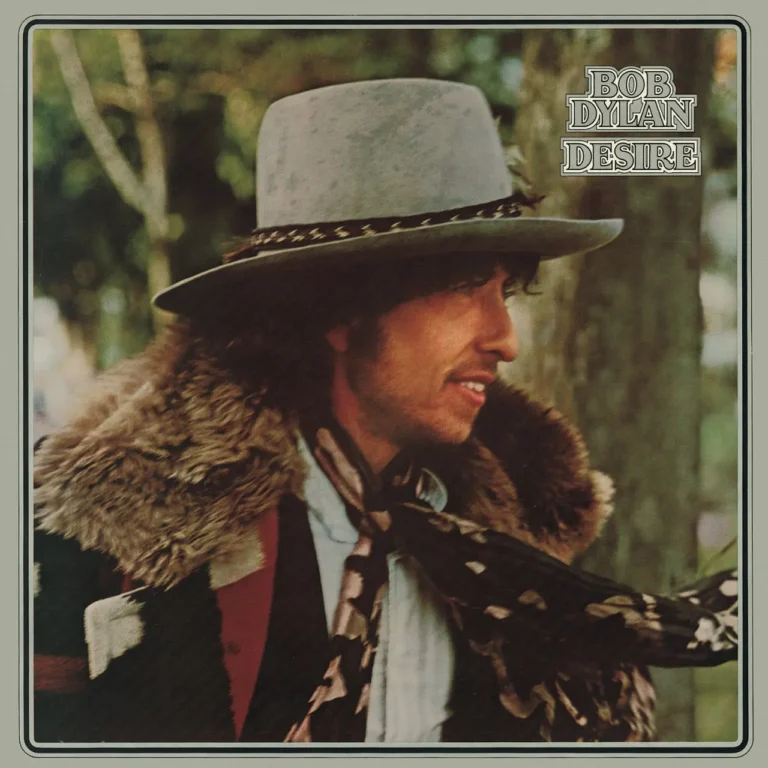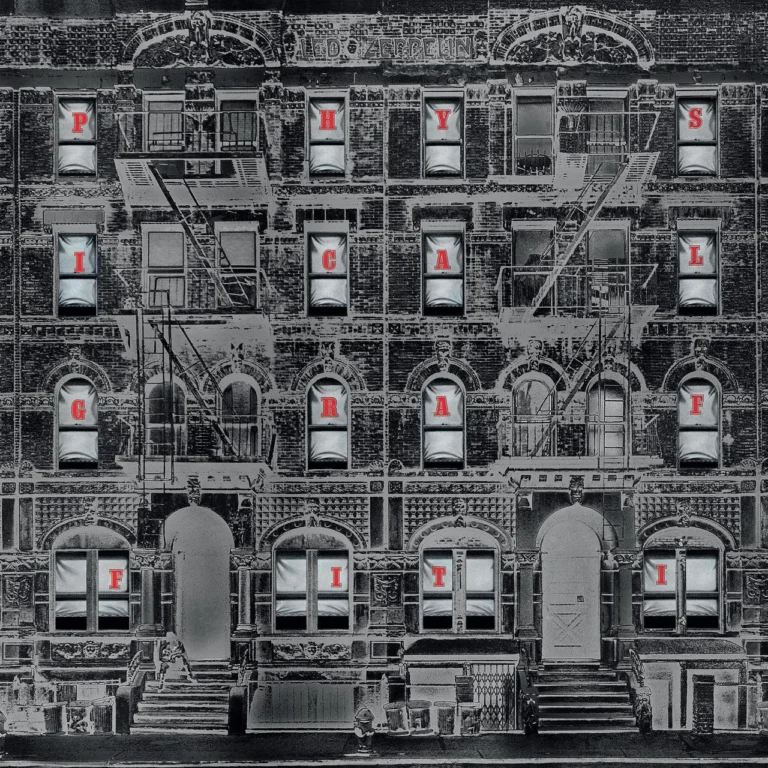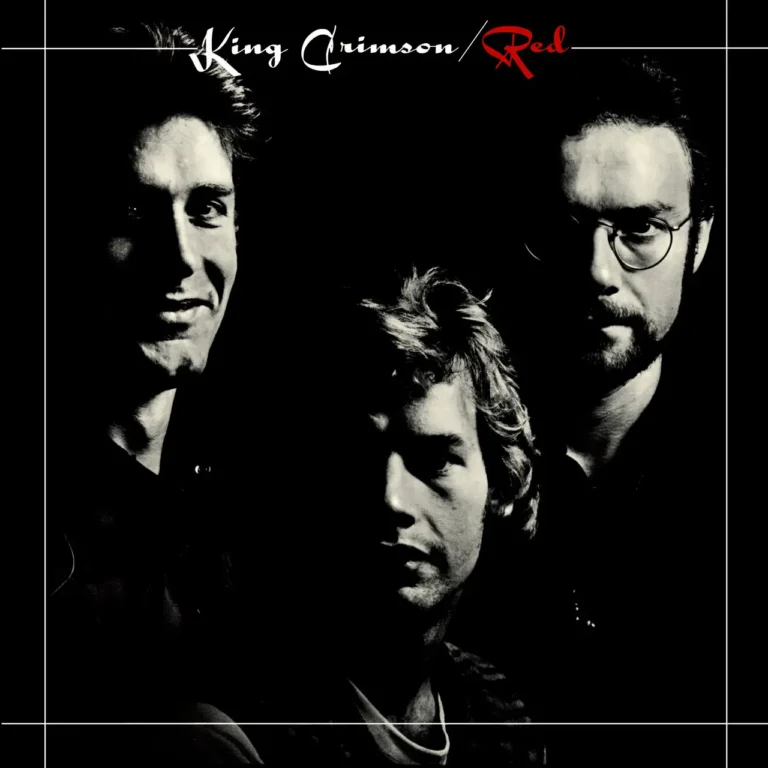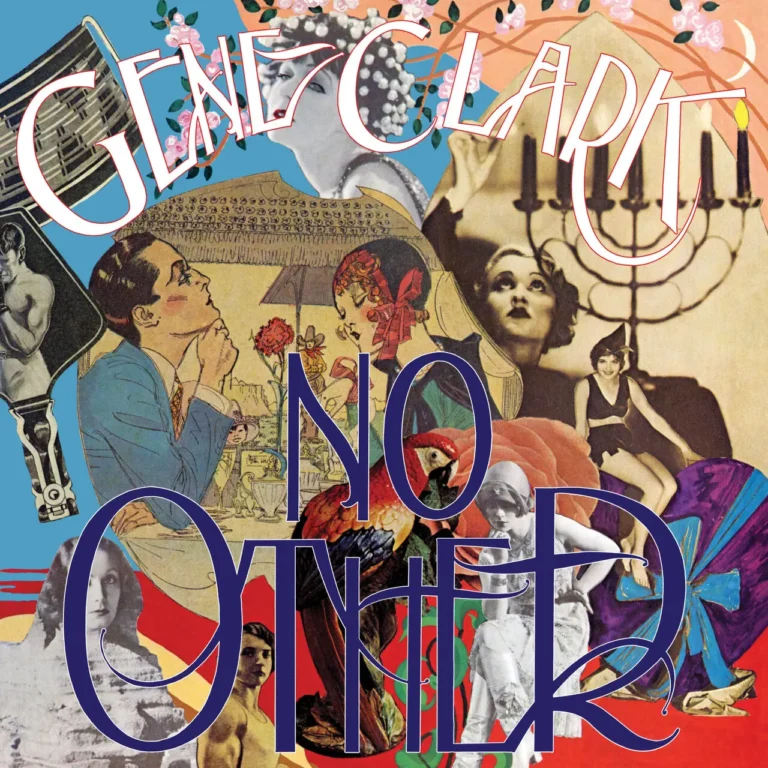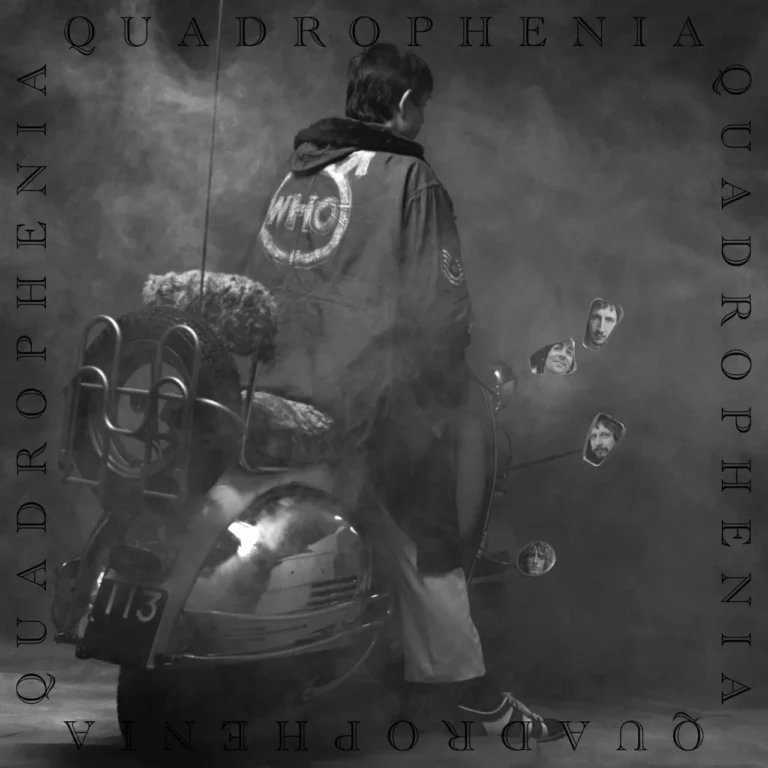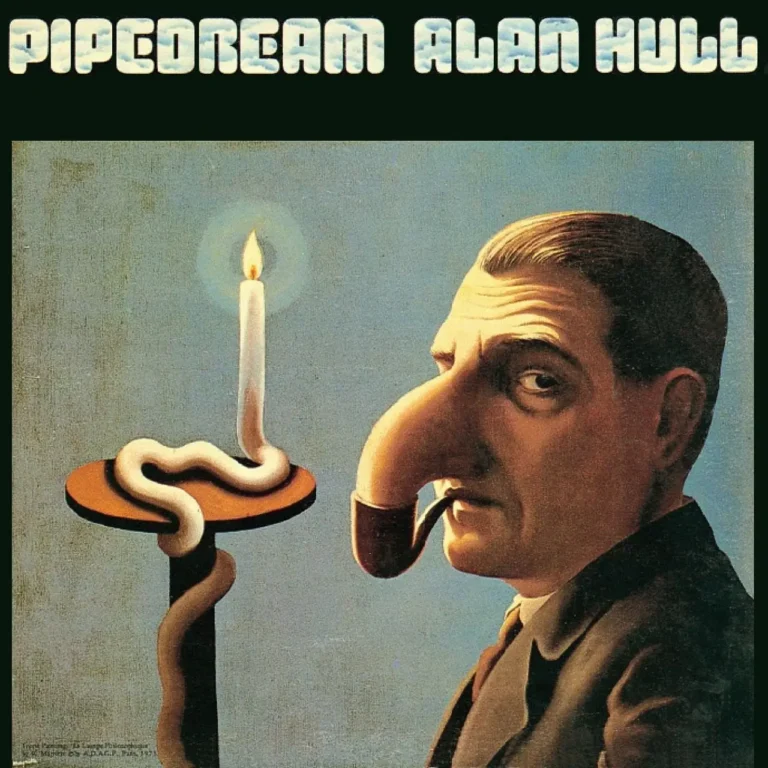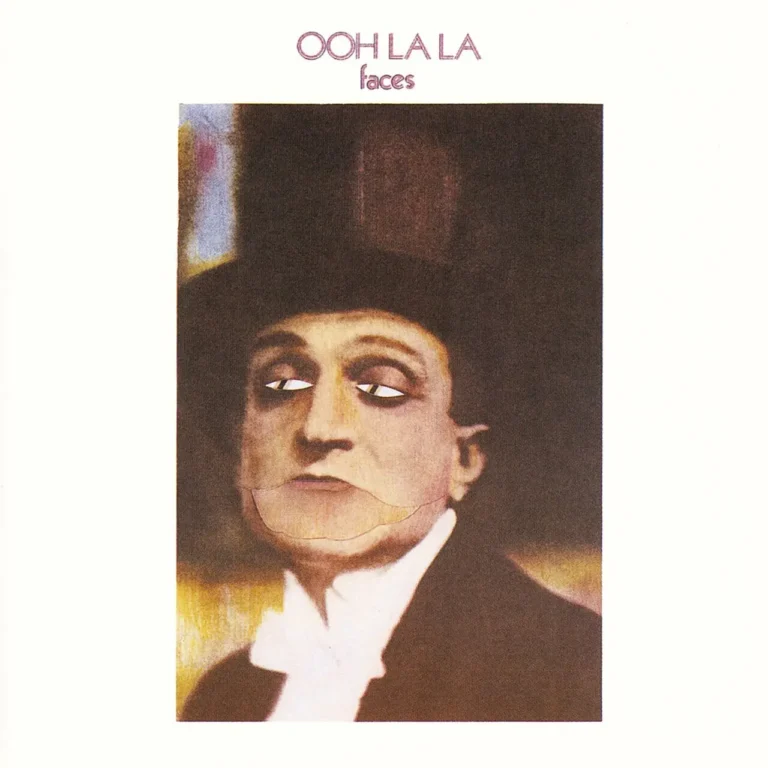"Aqualung" is both the title track and the opening song of Jethro Tull’s landmark 1971 album. Written primarily by frontman Ian Anderson, with contributions from his then-wife Jennie Franks, the song stands as one of the band’s most iconic and enduring works12.
Song Overview
- Release: March 19, 1971, on the album Aqualung
- Writers: Ian Anderson, Jennie Franks
- Genre: Progressive rock, hard rock, folk rock
- Length: 6:34 (album version)
- Notable Live Staple: Frequently performed at concerts, second only to "Locomotive Breath" in live appearances.
Lyrical Themes and Meaning
"Aqualung" tells the story of a homeless man—nicknamed Aqualung—spending a cold day in a park. The lyrics are vivid and unflinching, painting a portrait of alienation, poverty, and society’s discomfort with the marginalized:
"Sitting on a park bench
Eyeing little girls with bad intent
Snot running down his nose
Greasy fingers smearing shabby clothes
Hey, Aqualung..."
Ian Anderson has described the song as a “guilt-ridden song of confusion about how you deal with beggars, the homeless... our reaction, of guilt, distaste, awkwardness, and confusion, all these things that we feel when we're confronted with the reality of the homeless”45.
The character Aqualung is depicted as both pitiable and unsettling, reflecting the complex emotions society feels toward the homeless. Some interpretations suggest the softer parts of the song represent the perspective of a friend or even Death itself, offering comfort to the lonely protagonist in his final moments67.
Album Context
- Aqualung is Jethro Tull’s fourth studio album and their best-selling, with over seven million copies sold worldwide.
- The album is often regarded as a concept album, though Anderson has stated that only some songs are thematically linked, primarily exploring the distinction between religion and God and broader social issues.
- Inspiration for the album and the song came from photographs of homeless people taken by Jennie Franks along the Thames Embankment in London
Musical Style and Production
- The song features a mix of acoustic and electric guitars, dynamic tempo changes, and Anderson’s distinctive flute playing.
- Its structure alternates between heavy, riff-driven sections and softer, reflective passages, mirroring the narrative’s emotional shifts.
- The raw, expressive vocal delivery and gritty instrumentation have made "Aqualung" a classic of progressive and hard rock.
Legacy
- "Aqualung" is widely considered a masterpiece and a defining track in Jethro Tull’s catalog.
- The album’s success marked a turning point for the band, elevating them to international fame and influencing generations of rock musicians.
- The song and album continue to be celebrated for their ambitious blend of storytelling, musical innovation, and social commentary.
In summary:
"Aqualung" by Jethro Tull is a powerful, complex song that uses its vivid narrative and musical contrasts to explore themes of homelessness, alienation, and society’s uneasy conscience. Its impact on rock music and its enduring relevance have secured its place as one of the genre’s most significant works184.
